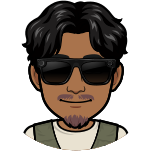Shoulder Obj Assessment
Cards (20)
- Observations
- Postures - Kyphosis
- Postures - Lordosis
- Inspection - Bony Deformities
- Inspection - Muscle Wasting
- Inspection - Colour & Swelling
- State @ Rest
- Objective - Eliminate Cervical Region
- Active Shoulder Extension
- Active Shoulder Flexion
- Active Shoulder Medial Rotation
- Active External Shoulder Rotation
- Active Shoulder Abduction
- Painful Arc
- Passive Shoulder Movements
- Resisted Physiological Movements
- Special Test - Scarf Test
- Special Test - Hawkins-Kennedy Test
- Special Test - Empty Can Test
- Myotomes
